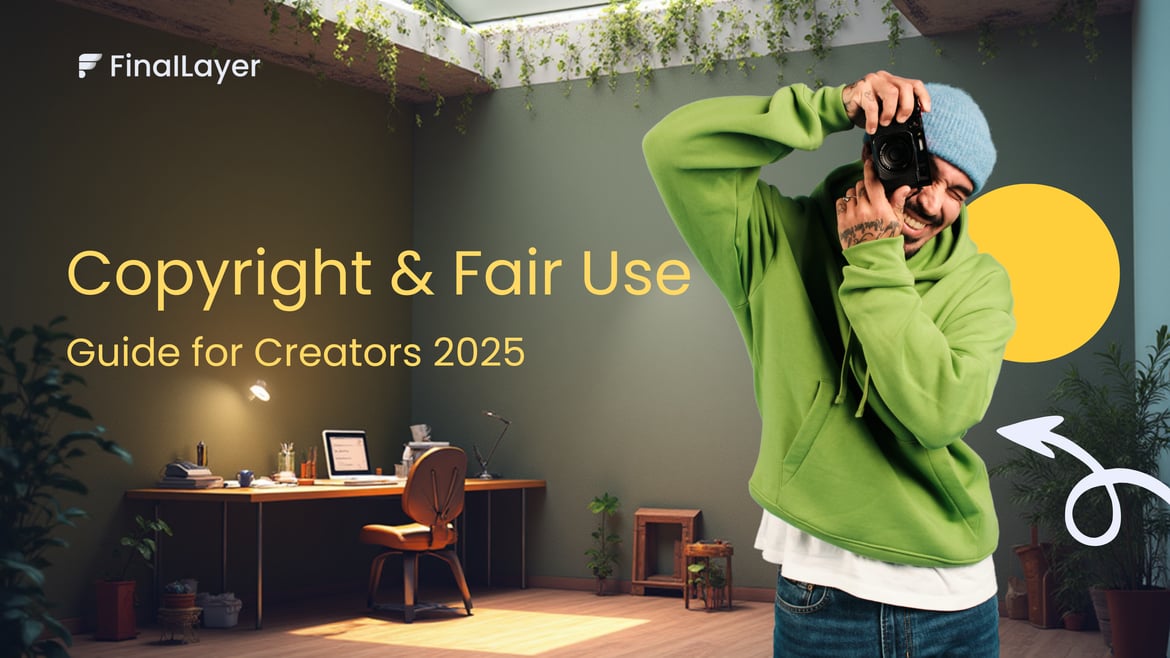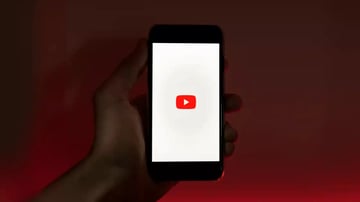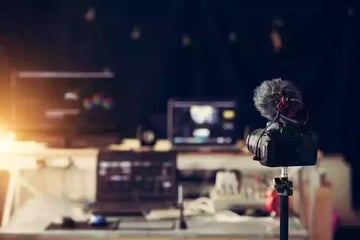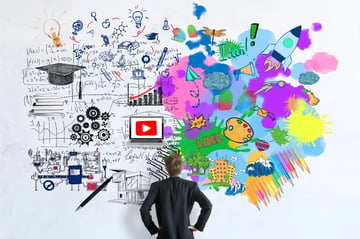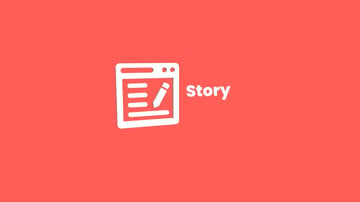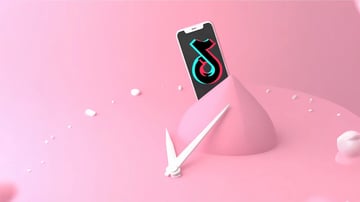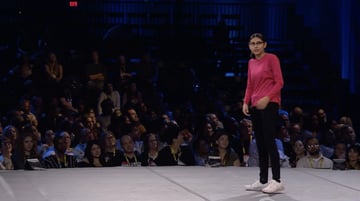In today's creator economy, content moves faster than ever, from viral TikToks to trending YouTube shorts, from AI-generated visuals to brand collaborations.
But amid the rush to publish, one question haunts creators: "Am I allowed to use this?"
Whether you're sampling a song, reusing a meme, or quoting from someone's work, the line between inspiration and copyright infringement is thinner than ever. If you've ever hesitated before using a clip, a song, or an image, you're not alone.
Copyright and fair use laws are evolving rapidly especially now that AI has joined the creator community and AI copyright rules are still being developed to address this new wave of digital creativity. For creators, understanding these changes in 2025 is essential to stay compliant and avoid YouTube copyright infringement or similar platform strikes.
What Is Copyright and Fair Use?
Copyright is a legal framework that protects original works of writing, images, music, videos, software, and even choreography from unauthorized use without the creator's permission..
When someone creates something original and tangible (like a video, design, or blog post), they automatically own the copyright as soon as the work is recorded or published. It doesn't just protect your work; it grants you exclusive rights to reproduce, adapt, distribute, publicly perform, and display your creation.
While registration isn't required, it can offer stronger legal protection and make it easier to enforce your rights if disputes arise.
On the other hand, Fair Use is an exception, a legal doctrine that allows limited use of copyrighted material without permission under certain conditions.
For example:
- Using a short movie clip in a review video.
- Quoting a paragraph for commentary or criticism.
- Showing an image in a classroom presentation.
Fair use exists to balance creative freedom with intellectual property protection, but knowing where that balance lies is crucial.
Copyright 2025: What's Changing for Creators
The year 2025 is seeing significant conversations around digital copyright laws. As artificial intelligence, remix culture, and digital media continue to evolve, copyright rules are adapting.
Here's what creators should know:
AI-Generated Content and Copyright:
As AI becomes a powerful tool for creators, questions around AI copyright are becoming increasingly complex. Many jurisdictions are still debating whether AI-generated creations can qualify for copyright protection.
If you use AI tools like ChatGPT, Midjourney, or Runway to generate text, visuals, or videos, it’s essential to review their AI copyright policies and terms of use. Some platforms retain partial ownership or license rights over generated content, while others grant users full commercial rights.
Understanding these evolving AI copyright rules helps you avoid legal complications and ensures that your creative work remains both original and compliant in this new era of AI-assisted creation.
Digital Copyright Laws 2025:
Global efforts, especially in the US, EU, and India, are tightening content use regulations, especially regarding social media and streaming. Platforms like YouTube now use advanced AI to detect copyrighted music or footage.
Understanding Fair Use Guidelines
To decide if your use of copyrighted content is fair, courts generally consider four key factors. Understanding these fair use guidelines can help you make smarter decisions as a creator.
1. Purpose and Character of Use
Ask yourself: Am I transforming the work or just copying it?
Transformative use, adding new meaning, context, or commentary, often supports fair use.
Examples:
- Commentary, parody, or critique.
- Educational or non-commercial use.
If your content adds value, insight, or humor, you're more likely to be within fair use.
2. Nature of the Copyrighted Work
Using factual content like data or news snippets is generally more acceptable than creative works like movies or songs.
The more artistic and expressive the original work, the less likely fair use applies.
3. Amount and Substantiality
Even using a small part of someone else's work can infringe if it's considered the "heart" of the original.
Example: Using a 10-second iconic movie scene may still break copyright rules.
4. Effect on the Market
If your use could reduce the original creator's ability to earn from their work, it likely isn't fair use. Always consider whether your version substitutes or competes with the original.
Educational Exceptions: When Teaching and Learning Qualify as Fair Use
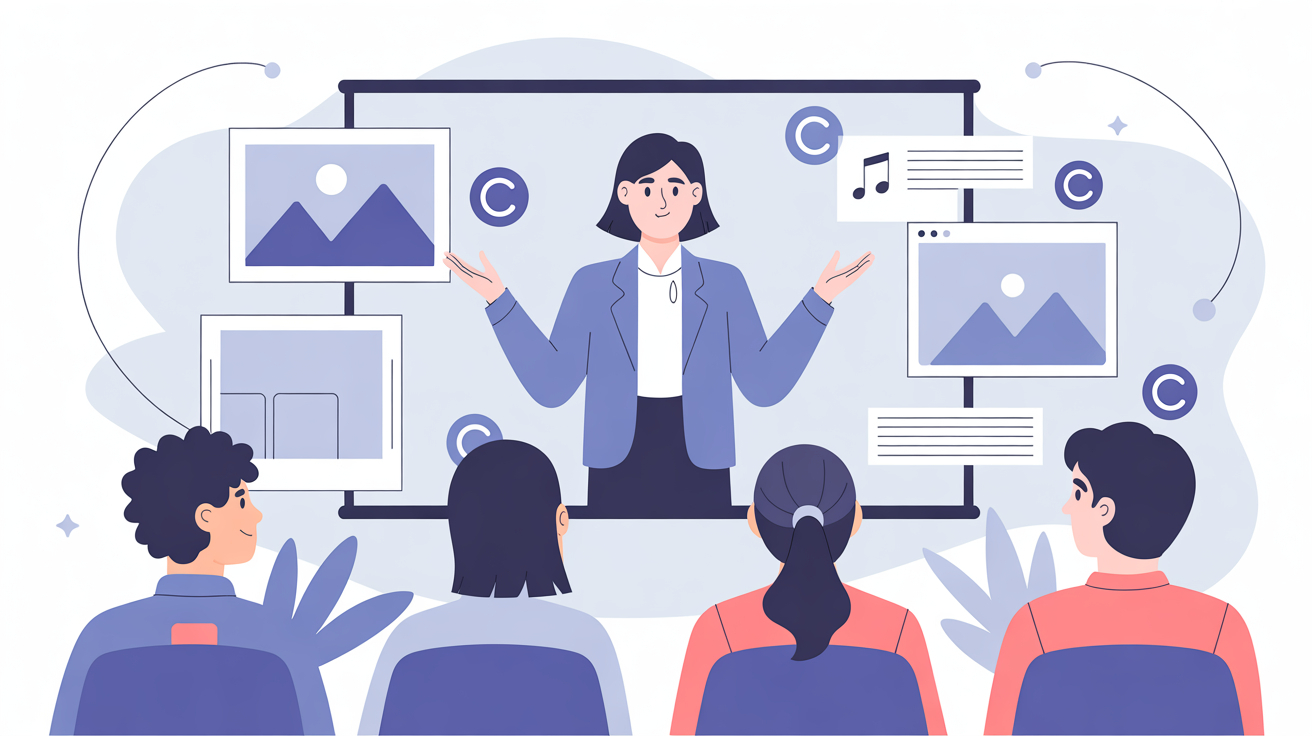
Not all uses of copyrighted material are commercial. In fact, copyright law recognizes that education and learning sometimes require access to creative works.
Here's when educational exceptions may apply:
- Classroom use: Teachers or trainers showing clips, articles, or images as part of instruction.
- Workshops or tutorials: Using short excerpts to explain techniques, critique, or demonstrate concepts.
- Non-profit educational institutions: Activities under accredited programs that don't earn direct revenue from the content.
However, these exceptions are not blanket permissions.
Creators sharing "how-to" or "educational" videos on monetized YouTube channels or online courses don't automatically qualify for fair use.
Best practices for creators:
- Use short, relevant excerpts and never full-length materials.
- Always credit the source visibly or verbally.
- Add your commentary or instruction to make the use transformative.
- Avoid monetizing unless you have explicit permission.
Educational use should teach or add value, not simply replay or redistribute someone else's work.
Understanding Copyright Infringement
Copyright infringement occurs when someone uses a copyrighted work without permission or a valid fair use justification. For creators, this often happens unintentionally, but ignorance is not a defense.
Here's how infringement commonly occurs:
- Uploading videos containing copyrighted music, movie clips, or TV footage.
- Using copyrighted art, logos, or photographs in thumbnails or posts.
- Repurposing full blog posts or AI outputs derived from copyrighted material.
- Selling or monetizing content made with unlicensed assets.
Consequences of Copyright Infringement:
- DMCA Takedowns: Your content can be removed instantly from YouTube, Instagram, or TikTok.
- Monetization Loss: Platforms can turn off ads or revenue features on flagged content.
- Account Strikes or Suspension: Multiple violations can lead to permanent bans.
- Legal Liability: In severe cases, rights holders can pursue damages or settlements.
How to Avoid It:
- Always verify ownership before using any third-party content.
- When in doubt, reach out for permission or use royalty-free alternatives.
- Keep your creative process transparent, and note where assets came from.
Understanding what constitutes infringement empowers you to create confidently while respecting others' rights. Fair use is not a free pass. It's about balance and protecting creative expression while allowing cultural conversation.
Here's how modern creators can apply copyright and fair use guidelines in 2025:
- Use copyrighted material for commentary, critique, or education and not replication.
- Always credit the original creator, even when fair use applies.
- Avoid using entire works (songs, videos, designs) unless you have permission.
- When in doubt, use royalty-free or Creative Commons-licensed assets.
Copyright Rules for Creators: How to Stay Safe Online
In 2025, being a responsible creator means understanding copyright compliance. Whether you're on YouTube, Instagram, or TikTok, following these copyright rules for creators can save you from takedowns and strikes.
1. Use Licensed or Original Content
Create your own visuals, music, and footage whenever possible.
If you use stock media, ensure it's from legitimate platforms like Pexels, Pixabay, or Artlist.
2. Read the License Terms Carefully
Even free content can have restrictions (e.g., "non-commercial use only"). Always check usage rights.
3. Seek Permission or a License
When using copyrighted music or visuals, reach out to the owner for a license or use a royalty-free alternative.
4. Avoid the "Gray Areas"
Using copyrighted material "just because others do it" doesn't make it legal. Platforms may allow it temporarily, but enforcement can change overnight.
5. Keep Records
Maintain proof of your content licenses, permissions, or original creation files to strengthen your defense if issues arise.
Legal Use of Images and Videos
One of the most common copyright challenges creators face is using media, especially images and video, legally and safely across platforms.
For Images:
- Use verified sources like Unsplash, Pexels, Pixabay, Shutterstock, or Adobe Stock for licensed or free-to-use visuals.
- Tools like Canva and Fotor now include built-in libraries of copyright-cleared stock images.
- Always credit photographers when required, even on free-use sites.
- Avoid taking screenshots or pulling artwork from Pinterest, Instagram, or Google Images, these are rarely free or safe to reuse.
- Use reverse image search (Google Lens or TinEye) to check if an image is copyrighted before using it.
For Videos:
- Use short clips from films or shows only for commentary, criticism, or parody, not full scenes or compilations
- Rely on YouTube Audio Library, Artlist, or Epidemic Sound for royalty-free background music
- When editing, tools like CapCut, DaVinci Resolve, or Premiere Pro can automatically flag copyrighted audio using built-in checks.
- Platforms like YouTube, Instagram, and TikTok use AI-powered systems (like Content ID) to detect copyrighted material instantly, even short audio samples.
- If you’re unsure, use royalty-free B-roll from Pexels Videos, Mixkit, or Videvo instead.
Copyright and Fair Use Guide for Everyday Scenarios
Here's a quick copyright and fair use guide for different content types:
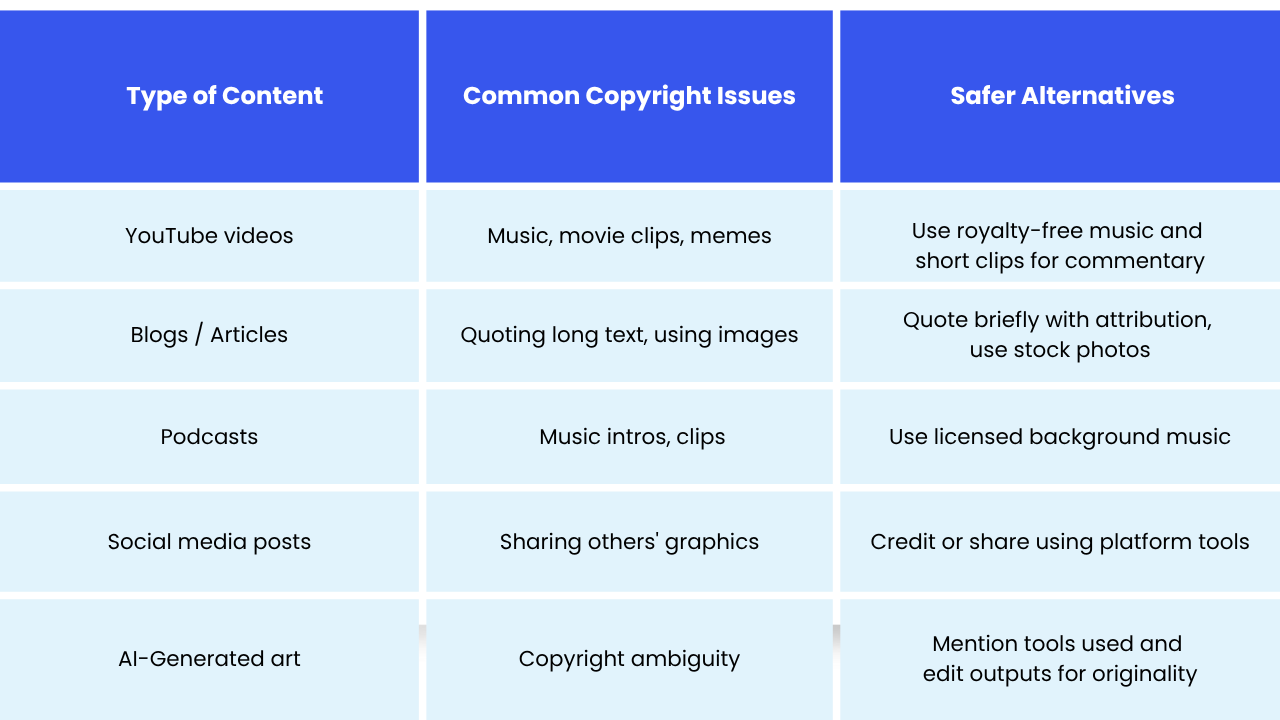
Safeguarding Your Own Works of Art
You must remember to safeguard your copyright while navigating the legal system on behalf of others. Here's how:
- If you want a higher level of legal protection, officially register your work.
- Put branding or watermarks on your images.
- Use Google image reverse search to track usage.
- To safeguard your work in the event of theft, submit a DMCA takedown notice.
- Consider the idea of licensing so that partners and fans know how to properly distribute your work.
Why Understanding Copyright Helps You Grow as a Creator
Creators who understand copyright aren't just safer, they're stronger brands. Respecting ownership builds trust with audiences, partners, and platforms. It encourages originality and helps you create with confidence.
Copyright and fair use for content creators aren't limitations; they're a creative framework. Once you understand the boundaries, you can innovate freely within them.
Final Thoughts
In a world where content is remixed, reposted, and reimagined every second, knowing how to use copyrighted material legally is more important than ever.
By following fair use guidelines, staying informed about digital copyright laws in 2025, and practicing copyright compliance, you protect your content and reputation as a responsible creator.
Copyright and fair use are not obstacles. They're pillars of creativity empowering you to make, share, and inspire safely in the ever-evolving creator economy.
